FP dish drawers not cleaning well anymore
chinchette
9 years ago
Related Stories

TASTEMAKERSPro Chefs Dish on Kitchens: Michael Symon Shares His Tastes
What does an Iron Chef go for in kitchen layout, appliances and lighting? Find out here
Full Story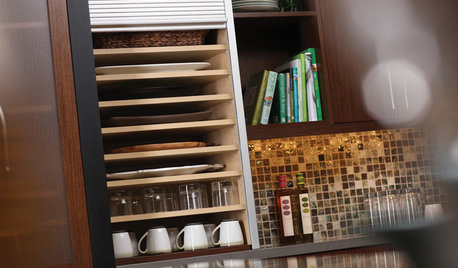
KITCHEN DESIGNServeware Storage That'll Serve You Well
Keep your big, awkward platters organized and safe with dividers, racks and drawers
Full Story
KITCHEN DESIGN7 Strategies for a Well-Designed Kitchen
Get a kitchen that fits your lifestyle and your design tastes with these guidelines from an architect
Full Story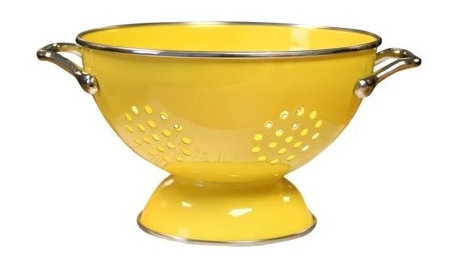
PRODUCT PICKSGuest Picks: The Well-Stocked Starter Kitchen
We’ve got all the kitchen basics and tableware you need (or that recent grad needs) to make cooking a joy
Full Story
FEEL-GOOD HOMEThe Well-Stocked Minimalist
The trick is to have just enough of the right stuff at home — no more, no less. Here’s how to do it
Full Story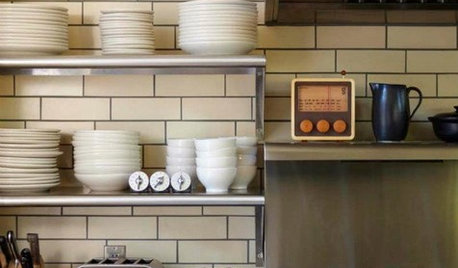
KITCHEN DESIGNCreate Your Own Checklist for a Well-Stocked Kitchen
Personalize the kitchen with your own must-haves from our list of top cooking tools, small appliances, pots, pans and more
Full Story
HOUSEKEEPINGTackle Big Messes Better With a Sparkling-Clean Dishwasher
You might think it’s self-cleaning, but your dishwasher needs regular upkeep to keep it working hard for you
Full Story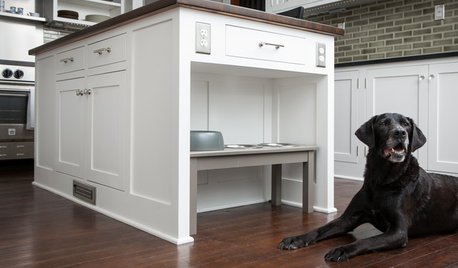
KITCHEN DESIGNPet-Friendly Design: Making Room for the Dog Dish
In a dog’s life, you eat on the floor. Except in kitchens like these, where pets are factored into the design
Full Story
KITCHEN DESIGNPro Chefs Dish on Kitchens: Paul Kahan Shows His Urban Sanctuary
Peek inside Kahan's newly redone home kitchen and learn what he considers most important for a cooking space
Full Story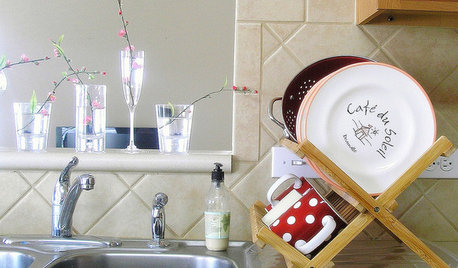
KITCHEN DESIGNYour Kitchen: Where to Stash the Dish Towels
Solve the Dish Towel Dilemma With 13 Ways to Keep Them Handy and Dry
Full Story







sleevendog (5a NY 6aNYC NL CA)
chinchetteOriginal Author
Related Professionals
King of Prussia Kitchen & Bathroom Designers · Lafayette Kitchen & Bathroom Designers · Covington Kitchen & Bathroom Designers · New Port Richey East Kitchen & Bathroom Remodelers · Terrell Kitchen & Bathroom Remodelers · Winchester Kitchen & Bathroom Remodelers · Kiryas Joel Appliances · Beaumont Cabinets & Cabinetry · Middletown Cabinets & Cabinetry · Mount Holly Cabinets & Cabinetry · Red Bank Cabinets & Cabinetry · Spring Valley Cabinets & Cabinetry · Vermillion Cabinets & Cabinetry · Wildomar Cabinets & Cabinetry · Tabernacle Cabinets & Cabinetrydadoes
Fori
chinchetteOriginal Author
dadoes
chinchetteOriginal Author
sparky823
chinchetteOriginal Author
dadoes
chinchetteOriginal Author
chinchetteOriginal Author
whirlpool_trainee
whirlpool_trainee
dadoes
chinchetteOriginal Author
dadoes
chinchetteOriginal Author
dadoes
chinchetteOriginal Author
dadoes
chinchetteOriginal Author
dadoes
chinchetteOriginal Author
chinchetteOriginal Author